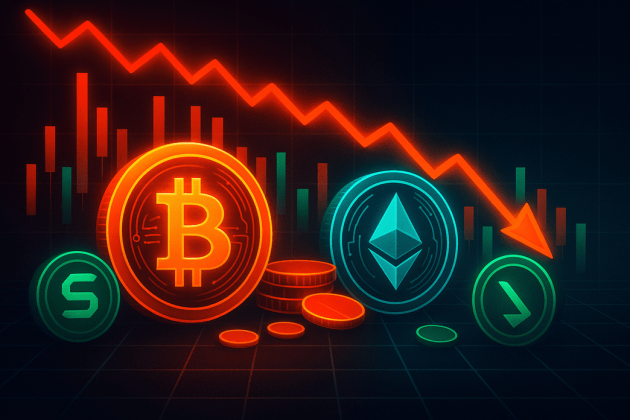The European Central Bank (ECB) Executive Board member Piero Cipollone says price pressures are under control and sees no immediate need to adjust rates.
Speaking to reporters, he argued that Europe’s economy has held up well, even with trade-related uncertainty weighing on it. He commented, “We think that the risks of inflation are very balanced. We are in a good place. I mean, we are right on target. We will be close to the target for the next two years.”
ECB is still assessing expectations and information before the December meeting
With inflation back at 2% and the euro-area economy still growing despite pressure from higher US tariffs, the ECB seems comfortable keeping rates steady for now. Christine Lagarde, for her part, has avoided speaking on the balance of risks for inflation.
However, while another rate cut appears off the table for now, some officials are holding out for December’s meeting, when fresh projections might show if tariffs from Donald Trump are pushing inflation below the 2% goal.
Cipollone has welcomed the fact that inflation is hovering around the target. Nonetheless, he emphasized that inflation expectations are still critical to the central bank. He also noted that at the moment, monetary policy settings will have to suffice, as they continue to review information before their December meeting.
He added, “We think that we are in a position that we can manage the incoming events. We are ready to react — whatever is needed, in any direction.”
Cipollone says the ECB will introduce a digital euro in 2029
Meanwhile, the ECB is planning to launch a digital euro in 2029. Last week, Cipollone hinted at a “major breakthrough” after euro-area finance ministers reached a deal to set customer holding limits. He told reporters that talks with member states on the digital euro were progressing smoothly and that he considered mid-2029 a sensible timeline. He also said he expects states to agree on a general approach by the year’s close.
For some time, the central bank has devoted its energy to advocating for the initiative, claiming it would lessen dependence on private players like Visa and PayPal. Policymakers also wanted to avoid having dollar-backed stablecoins dominating routine digital payments across the region.
Still, the rollout of the digital euro will depend heavily on getting the European Parliament’s approval. Cipollone said lawmakers will have six weeks to suggest changes, followed by roughly five months of negotiations. On the technical side, nothing is set in stone yet — officials are even weighing public blockchains like Ethereum and Solana, a notable shift from earlier plans that favored a closed, Eurosystem-run ledge.
So far, some say that an open network could increase convenience, but opponents decry the risk it would pose to transaction data and have more difficulty ensuring privacy.
Overall, advocates of the plan say that a digital euro could reduce costs, enhance transparency, and speed up day-to-day transactions. However, some still wonder if the system will be able to protect personal data, integrate smoothly with the banking sector, and cope with stablecoins without roiling markets.
Your crypto news deserves attention – KEY Difference Wire puts you on 250+ top sites
Source: https://www.cryptopolitan.com/ecb-says-inflation-risks-are-balanced/



